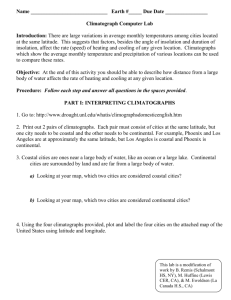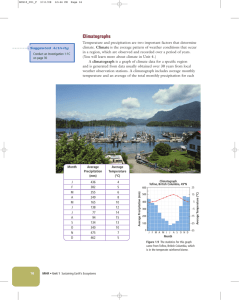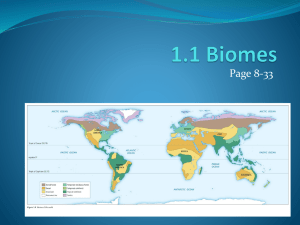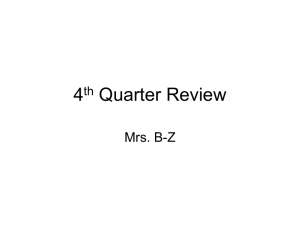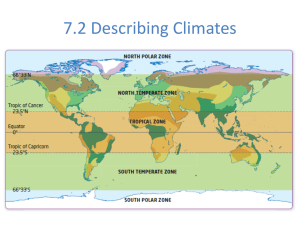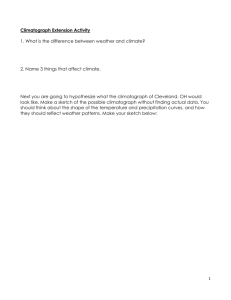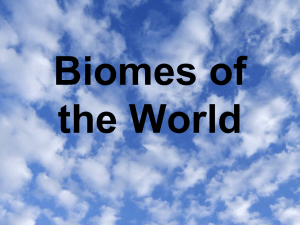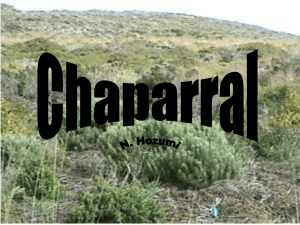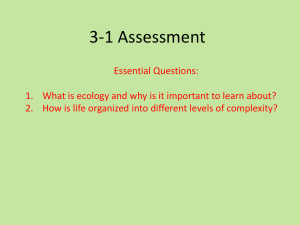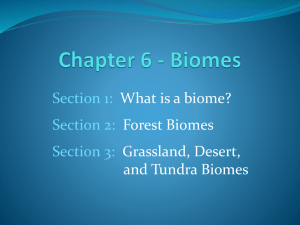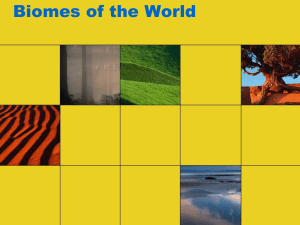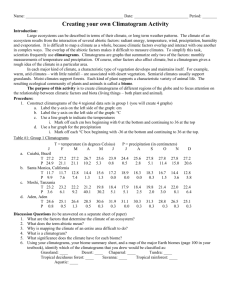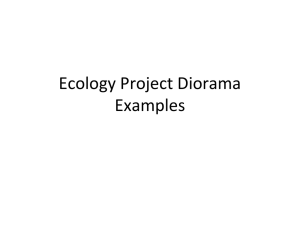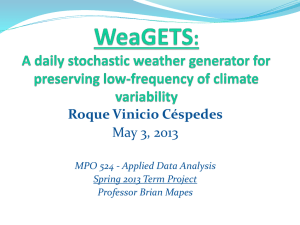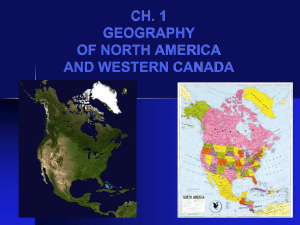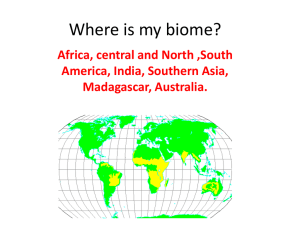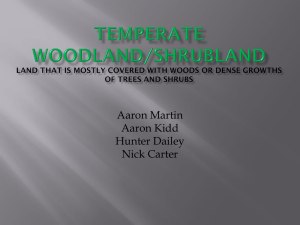Making and Understanding Climatographs
advertisement
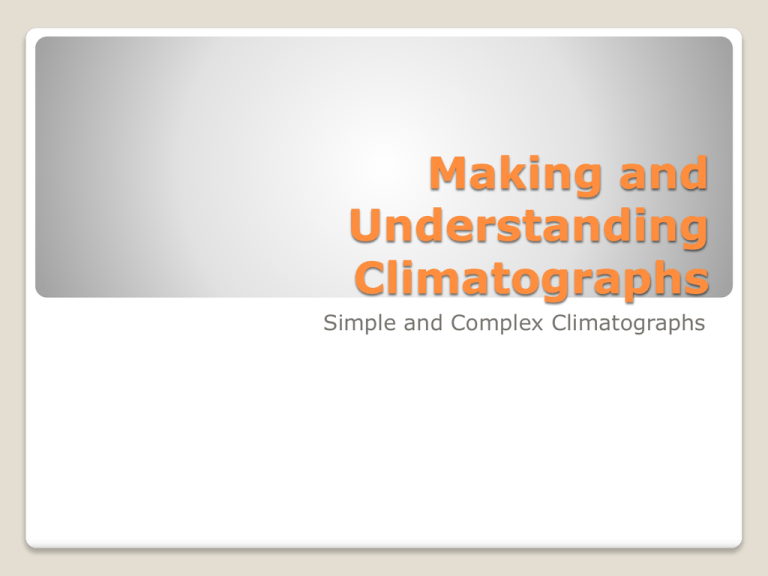
Making and Understanding Climatographs Simple and Complex Climatographs Identify distinctive climatic characteristics of the 8 terrestrial biomes Todays Objective There are 4 key differences between biomes: ◦ ◦ ◦ ◦ Elevation (altitude) Latitude Temperature Precipitation We call these factors abiotic factors Abiotic factors are non-living physical characteristics of the environment What makes biomes different? A climatograph is a graph that displays the characteristics of a two of the abiotic components of a biome: ◦ Temperature ◦ Precipitation (rain, snow, mist, fog) There are two types of climatograph: ◦ Complex Climatographs ◦ Simple Climatographs Climatographs Complex Climatographs If you are given the a range or an average of temperature and/or precipitation and asked to find the corresponding biome… ◦ Find the point on the graph where the average temperature and precipitation intersect (cross) OR ◦ Draw a line along the first and second point on the range, see which biome is sandwiched in between and touching the two lines Use the complex climatograph in your textbook to answer the following questions How do I read this graph? Complex Climatographs Which biome has an average annual precipitation of 175 cm and an average annual temperature of 5 C? ◦ Boreal Forest Which biome ranges in temperature from 0 C to 20 C and receives about 100 cm of rain? ◦ Temperate Deciduous Forest Which biome has a low average annual precipitation and an average annual temperature that ranges between -18 C and -8 C? ◦ Tundra Which biome has a high average annual precipitation and an average annual temperature of 15 C? ◦ Temperate Rainforest Try it! Simple Climatographs At the top is a title showing the location The left scale shows the precipitation The right scale shows the temperature The bottom list the 12 months ◦ All sides are clearly labelled and show units! Average monthly temperatures are drawn using a line with a dot for each month Average monthly precipitation is shown by drawing a bar above each month Parts of a Climatograph What is the average precipitation during the month of June for Wellington, NZ? ◦ ~82 mm What is the average precipitation during the month of December? ◦ ~138 mm What is the average temperature during July? ◦ 16 °C Try to answer these questions! Your job is to create a BEAUTIFUL simple climatograph for your biome ◦ This climatograph can be used for your Biome Box At the front of the class is climate data for a location in each of the biomes and a graph Take the data for YOUR biome, and use it to create your climatograph Instructions are written on the handout Assignment
